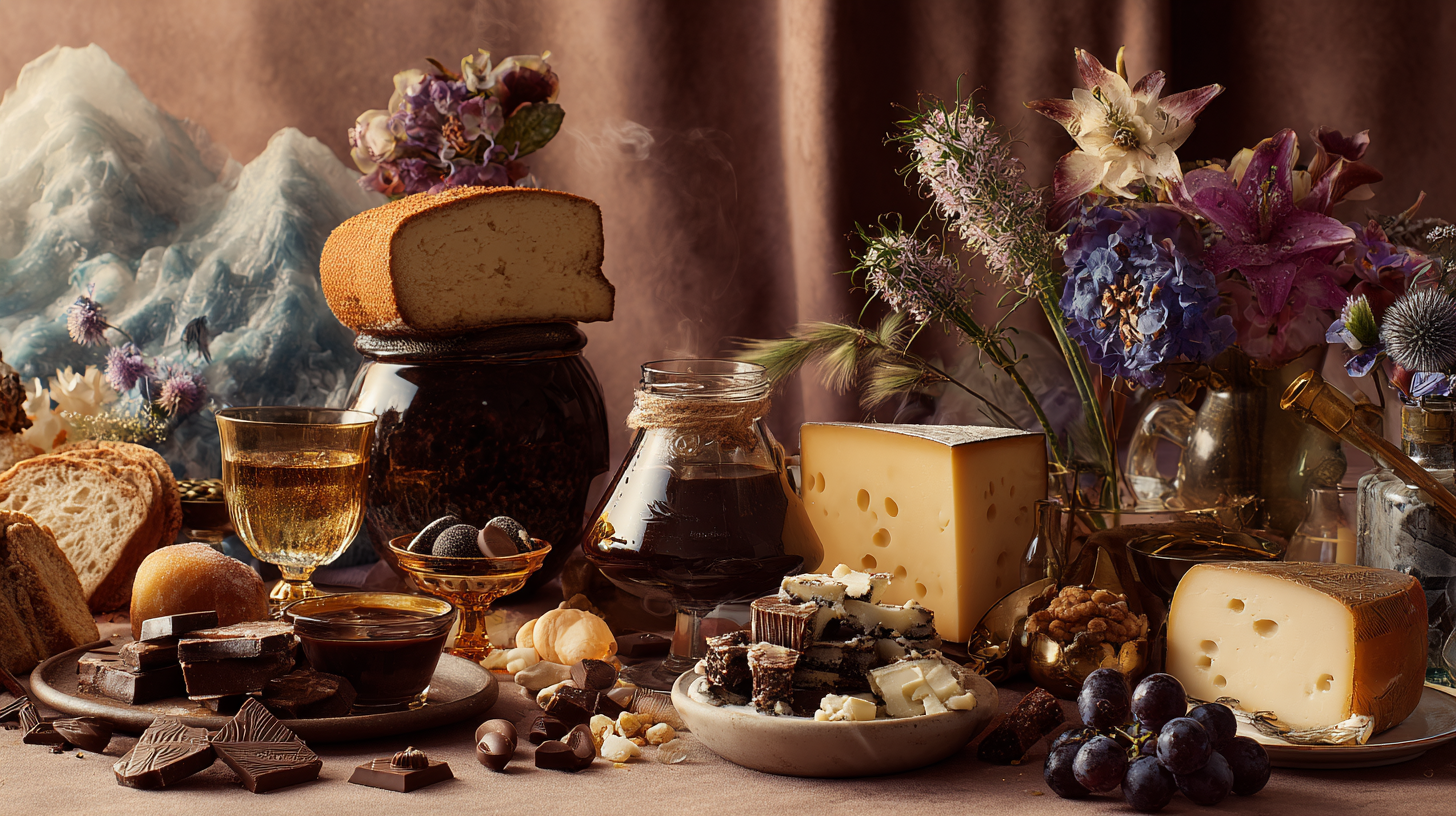Swiss cuisine is a rich reflection of the country’s landscapes, traditions, and multicultural influences come together to create a rich and diverse culinary identity. From alpine comfort dishes to refined city specialties, Switzerland’s food culture blends tradition with regional creativity. Each canton contributes its own flavors, shaped by geography and neighboring cultures such as French, German, and Italian. Traveling through Switzerland becomes a sensory journey filled with hearty meals, artisanal ingredients, and centuries-old culinary rituals. This exploration reveals how deeply food is tied to Swiss heritage, community, and everyday life.
Read More: Sustainable Tourism in Switzerland
Fondue: A Tradition of Togetherness
Fondue represents far more than melted cheese — it is a cherished social ritual rooted in rural alpine life. Historically created as a practical way to stretch aged cheese and stale bread during winter, fondue has evolved into one of Switzerland’s most iconic dishes. The classic Moitié-Moitié blend of Gruyère and Vacherin offers a rich, comforting flavor that reflects the craftsmanship of Swiss cheesemakers. Even today, families and friends gather around the warm caquelon, sharing stories as they dip bread into the molten mixture. The simplicity of the dish enhances the experience, turning an ordinary meal into a moment of connection.

The communal aspect of fondue is what makes it unforgettable for travelers. Long forks stretch across the pot, laughter fills the room, and every bite carries the warmth of tradition. Variations exist across different regions, with some adding wine, kirsch, or herbs to deepen the flavor. Whether enjoyed in a wooden chalet or a city restaurant, fondue captures the spirit of Swiss hospitality. It invites both locals and visitors to slow down, savor the moment, and embrace the comforting pace of alpine life.
Rösti: A Crispy Celebration of Simplicity
Rösti began as a farmer’s breakfast in Bern, yet it has grown into one of Switzerland’s most beloved national dishes. Made from grated potatoes fried until golden and crispy, Rösti showcases the Swiss ability to transform humble ingredients into something deeply satisfying. Its crunchy exterior contrasts with a tender interior, making it a versatile companion to many meals. Over time, the dish found its way into restaurants across the country, becoming synonymous with Swiss home cooking.
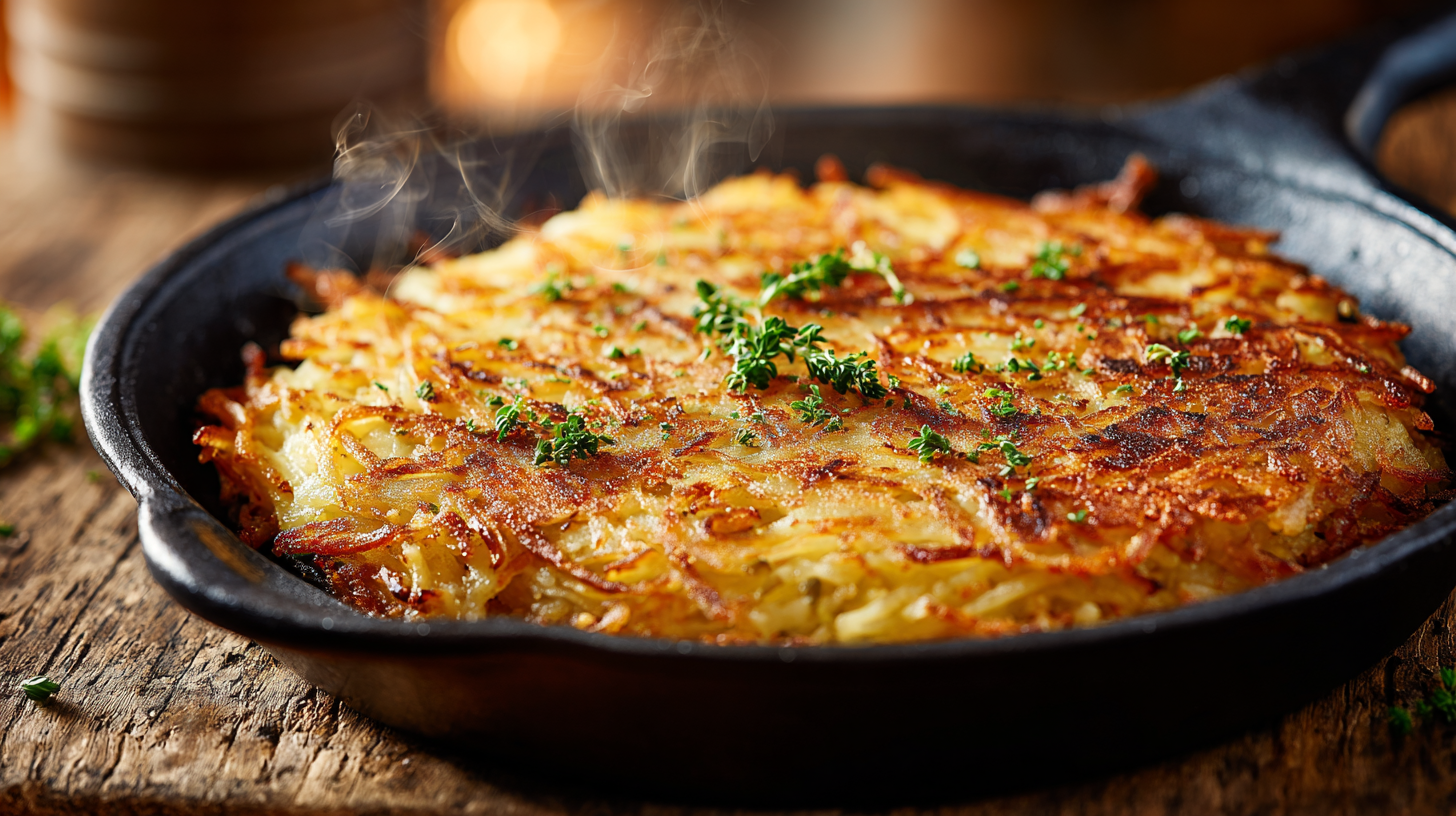
Regional variations add creativity to this seemingly simple dish. Some cantons enrich Rösti with onions, cheese, or bacon, while others incorporate apples for a sweeter twist. It serves as an excellent side to hearty dishes such as Zürcher Geschnetzeltes or grilled meats, but it can also stand proudly on its own. Rösti reflects the Swiss approach to cooking: practical, flavorful, and rooted in local produce. Every bite tells the story of centuries-old agricultural traditions.
Zürcher Geschnetzeltes: Refined Comfort from Zurich
Zürcher Geschnetzeltes embodies the elegant side of Swiss cuisine. This creamy veal dish, prepared with mushrooms, white wine, and delicate seasoning, represents the sophistication found in urban centers like Zurich. The recipe balances richness with subtlety, offering a flavor profile that feels both indulgent and comforting. Traditionally served alongside Rösti, it forms one of the most iconic pairings in Swiss gastronomy.

The dish showcases Switzerland’s focus on quality ingredients and precision in cooking. Chefs pride themselves on using tender veal and fresh mushrooms to create a texture that melts in the mouth. While variations exist — including versions with chicken or a lighter sauce — the essence remains the same: a refined expression of Swiss culinary tradition. Zürcher Geschnetzeltes is a dish that bridges local heritage with contemporary dining, making it a must-try for any food lover exploring Switzerland.
Swiss Chocolate: A Craft of Global Renown
Swiss chocolate has achieved legendary status across the world, thanks to a long history of innovation and craftsmanship. Switzerland revolutionized chocolate-making by introducing key techniques such as conching and the creation of milk chocolate. These advances produced the silky textures and complex flavors that define Swiss chocolate today. Artisanal chocolatiers continue to refine their craft, offering truffles, pralines, and bars made with meticulous attention to detail.

Visiting a Swiss chocolaterie reveals the artistry behind each piece. From carefully selected cocoa beans to precise tempering methods, every step contributes to the exceptional quality Switzerland is known for. Travelers can explore chocolate museums, participate in workshops, or simply indulge in the endless varieties available in local shops. Swiss chocolate represents more than a sweet treat — it symbolizes dedication, innovation, and a passion for perfection.
Ticino’s Polenta and Braised Beef: A Taste of Italian Influence
In Ticino, Switzerland’s Italian-speaking region, culinary traditions reflect a warm blend of Swiss and Italian flavors. Polenta, made from slow-cooked cornmeal, becomes a creamy and comforting centerpiece of many meals. Paired with tender braised beef simmered in rich sauces, the dish creates a symphony of hearty, earthy flavors. This regional specialty highlights Ticino’s rustic charm and its strong connection to neighboring Italy.
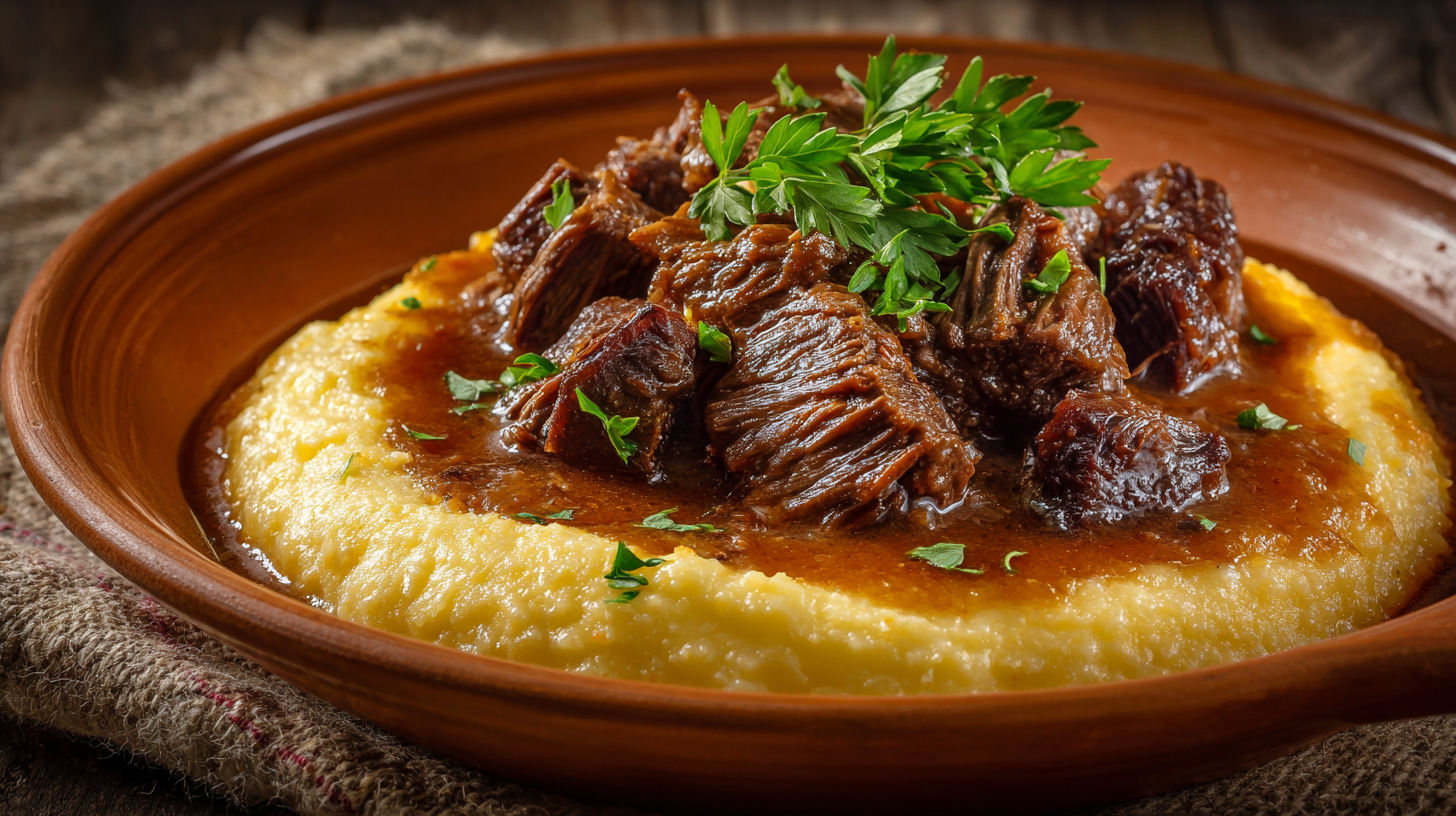
The combination of polenta and braised meat is especially beloved during colder months, offering warmth and nourishment to both locals and travelers. Restaurants across Ticino serve their own variations, incorporating local herbs, wines, or seasonal vegetables. The dish embodies the region’s hospitality and showcases how cultural borders shape Swiss cuisine. It’s a perfect example of how Swiss food adapts, absorbs influences, and transforms them into something distinctly its own.
Swiss Cuisine: Regional Specialties and Culinary Diversity
Beyond its iconic dishes, Switzerland offers a treasure trove of regional flavors shaped by local landscapes and traditions. In the French-speaking Vaud region, travelers encounter dishes like papet vaudois — a comforting blend of leeks, potatoes, and sausage. In the German-speaking cantons, hearty fare such as spaetzli or dried meat platters showcase alpine heritage. Each region takes pride in its specialties, reflecting centuries of agricultural and gastronomic tradition.
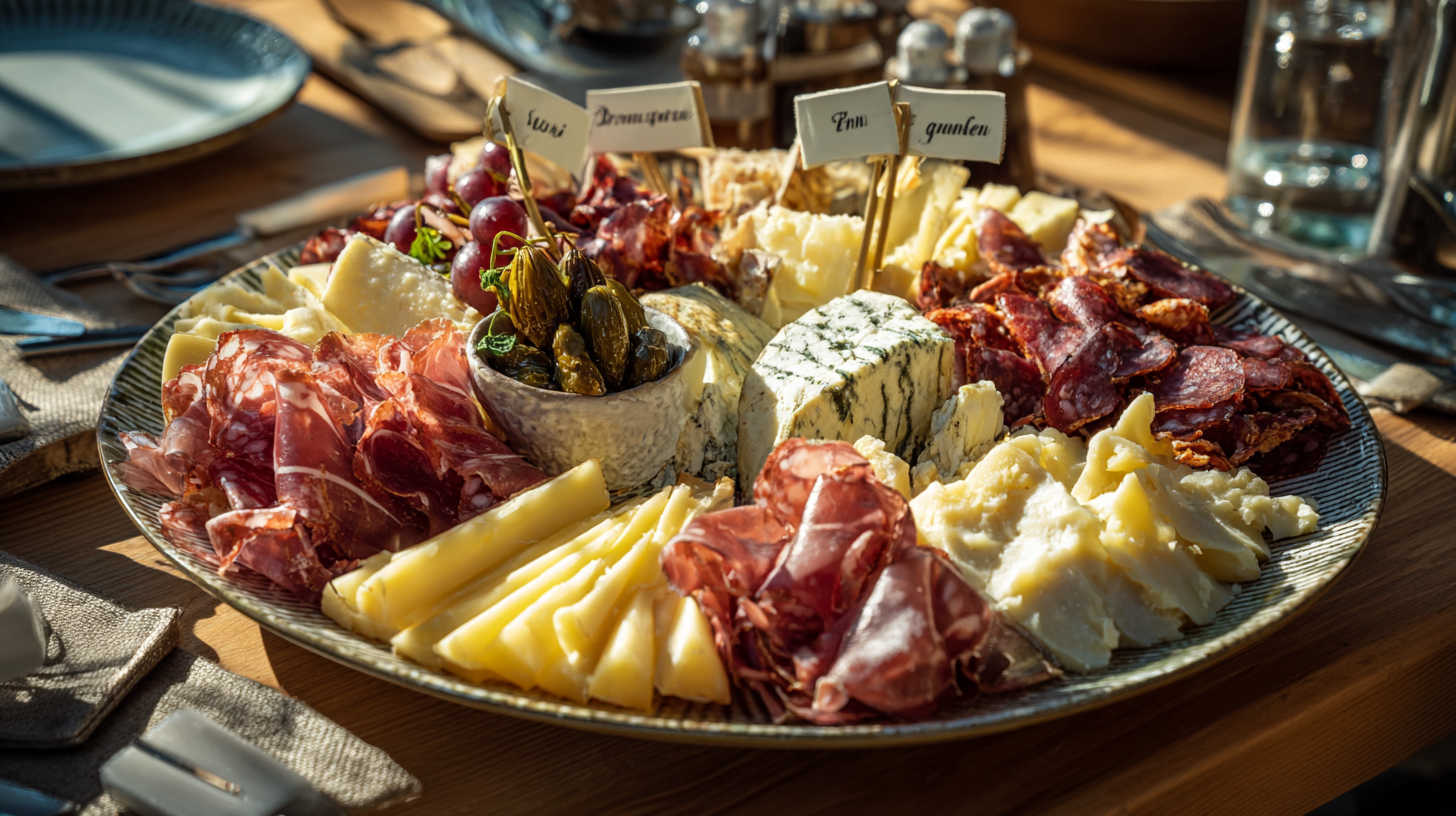
In Graubünden, for example, Capuns — chard-wrapped dumplings filled with spiced dough and dried meat — offer a taste of mountain living. Meanwhile, Valais is celebrated for raclette, where melted cheese is scraped over potatoes and pickled vegetables. Exploring these regional dishes reveals the true depth of Swiss cuisine, reminding travelers that Switzerland’s food culture is as varied as its landscapes.
Bakeries, Pastries, and Sweet Traditions
Switzerland’s sweeter side extends far beyond chocolate. Bakeries across the country produce pastries, breads, and desserts that reflect both regional heritage and European influences. Zopf, a soft braided bread enjoyed especially on Sundays, is a staple in many households. Basler Läckerli — a spiced honey biscuit with nuts and candied fruit — offers a taste of Basel’s historic trade culture. These treats highlight the diversity of Swiss culinary traditions.
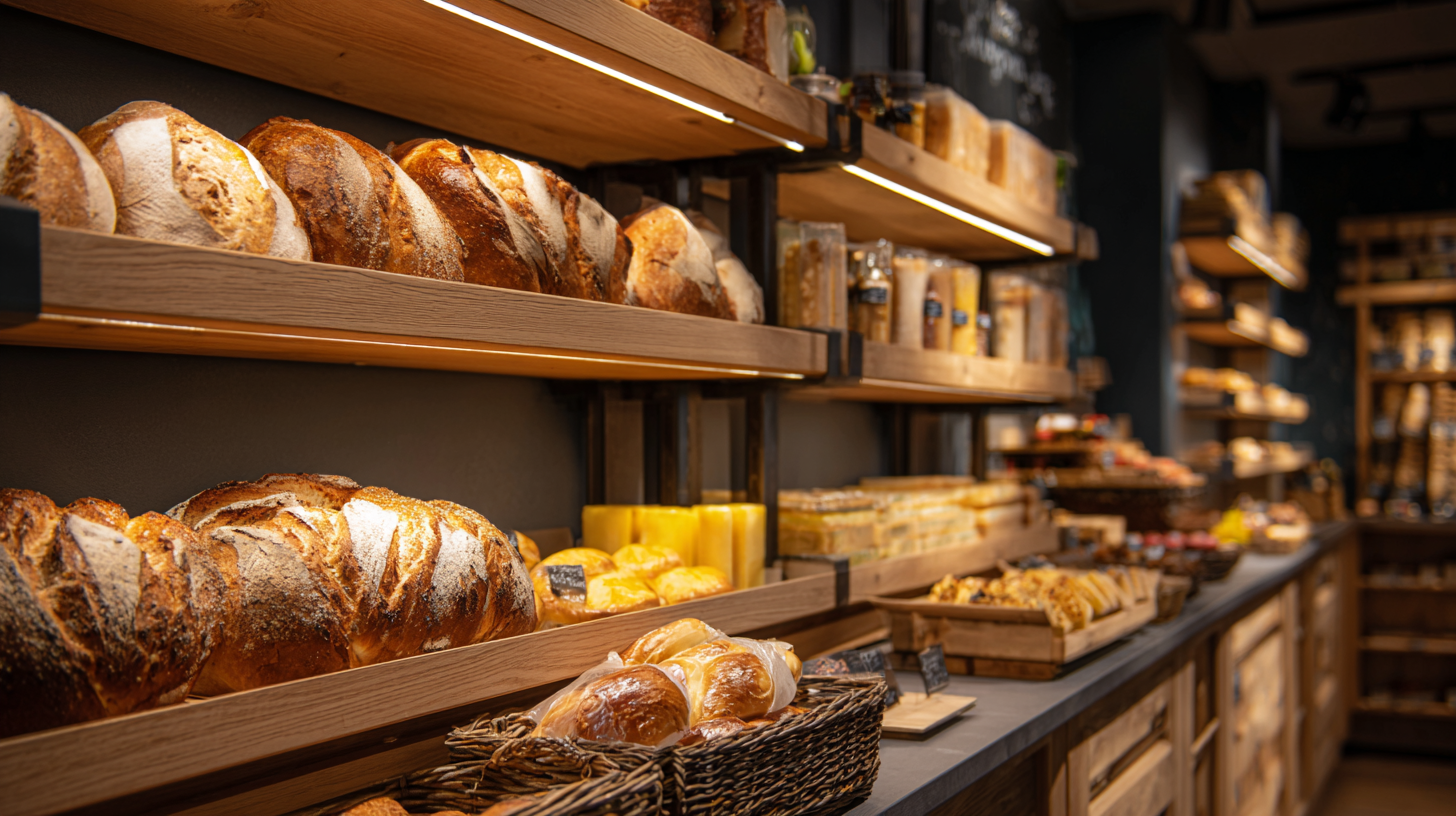
Seasonal pastries also play a role in Swiss celebrations. During Christmas, bakeries fill with Grittibänz, charming bread figurines shaped like little men. In autumn, chestnut desserts appear across Ticino, reflecting local harvest traditions. These pastries and baked goods bring warmth and comfort, offering travelers a glimpse into the country’s festive spirit and love for craftsmanship.
Conclusion
Switzerland’s culinary heritage is a captivating blend of regional pride, historical influences, and timeless traditions. From the communal joy of fondue to the refined sophistication of Zürcher Geschnetzeltes, each dish reflects the diversity and creativity that define Swiss culture. Exploring the country’s foods becomes a journey through landscapes, stories, and traditions that connect past and present. For travelers and food enthusiasts alike, Swiss cuisine offers a memorable and flavorful window into the heart of the nation.
Learn more about food traditions on Switzerland’s official tourism website.
